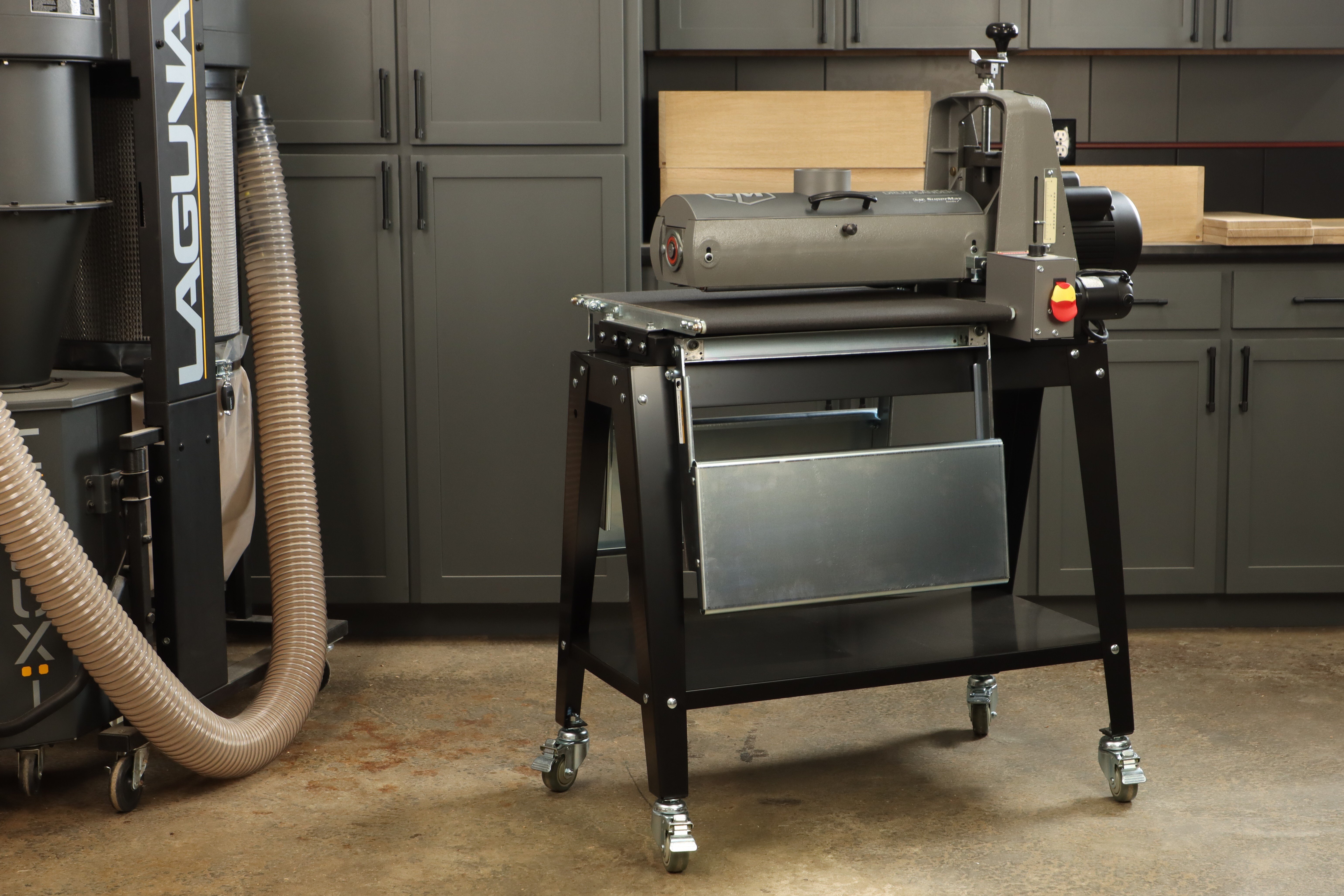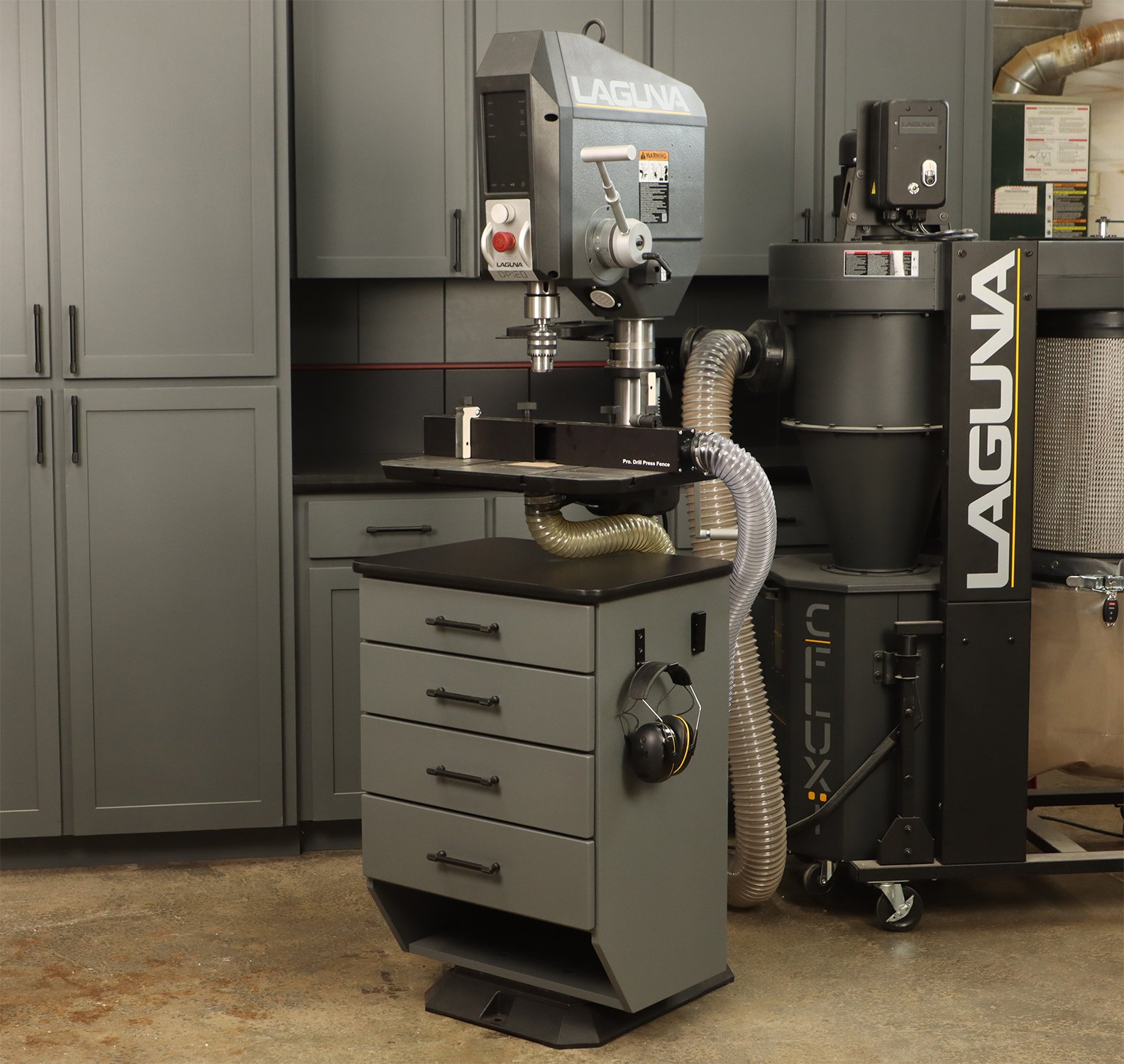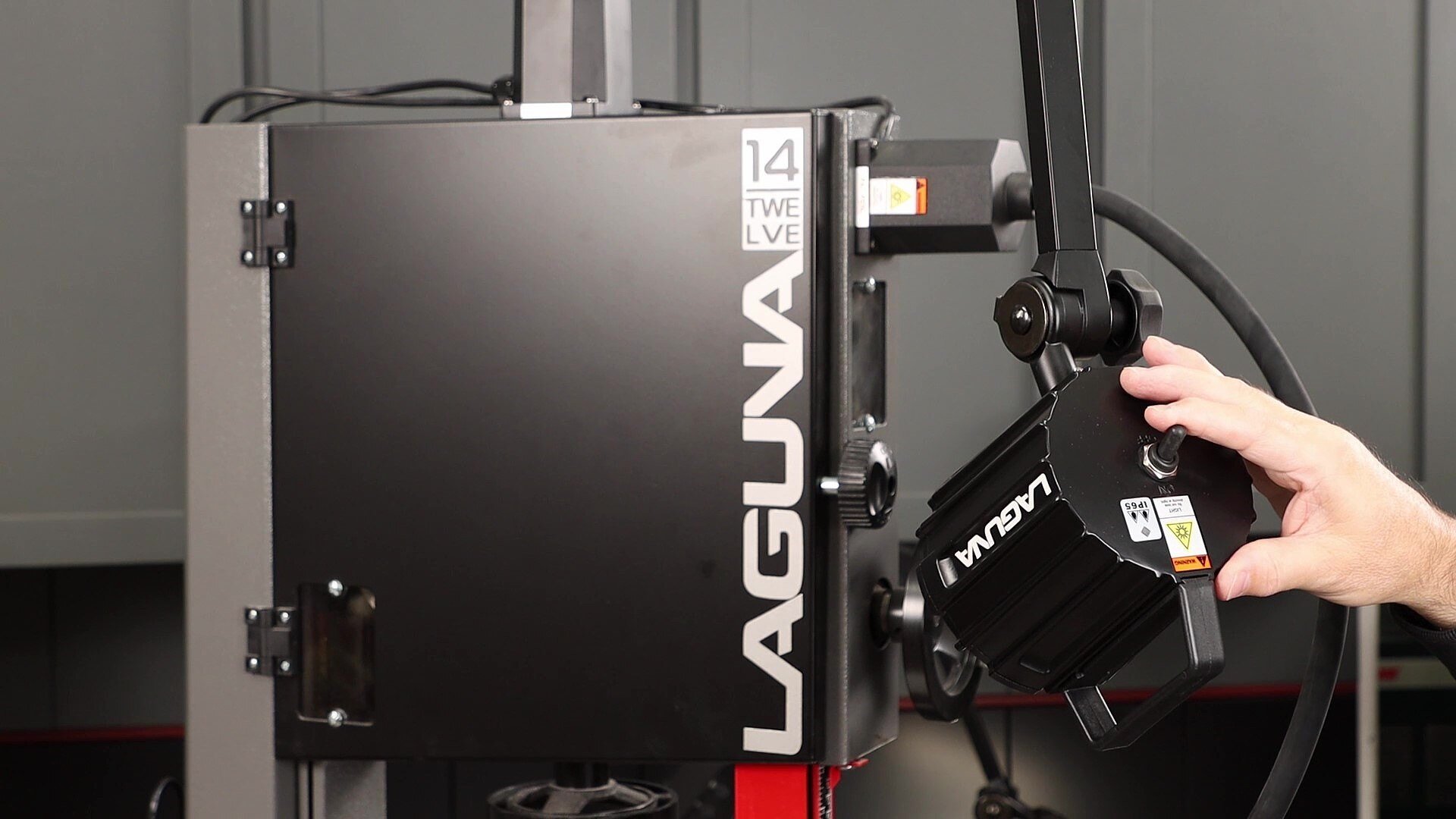A jointer and planer are mechanically similar; a set of knives that is powered by a motor, whirling away and removing stock from the surface as a board is fed through. There is often a bit of confusion between the functions of the two machines, and some question as to whether they can be used interchangeably. This raises the obvious follow-on question from the spouse or partner of a woodworker; do you really need both?
The answer is ‘yes, you do’, and I’ll help you prepare for the inevitable debate.

Destination S4S.
Before talking about each tool, it’s important to understand the mission, which is to create lumber that is referred to as S4S. S4S stands for “surfaced four sides” and it means that all four sides of the board have been machined flat so that the two faces are flat and parallel to one another, and the two edges are parallel to one another and square to both faces.
The first step toward completing any important woodworking project is to bring your lumber to this state. And even if they look like they are in this state when you pick them up from the store or lumber yard, trust me, they are not. “Close enough” doesn’t cut it for a precision woodworking project.
Each of the tools will play an important role in producing lumber that is S4S, so let’s break it down into a four-step sequence to illustrate the differences between a jointer and planer.

Step one: Mill face #1 flat.
The process starts at the jointer, where you lay the board face down and run it through to establish one flat face.
This process is called face jointing. The jointer uses its offset in bed height to determine how much material is removed.

Step two: Joint edge #1.
Now we take the face that was just flattened, place it against the fence and run one edge through the jointer. At this point we have a flat face, and one edge that is square to it. That is where the jointer’s work is complete, and we will move to the planer.
You might be tempted to just flip the board over at that point and face joint the other side, but the reason that you don’t want to do that is that you will not produce a face #1 that is parallel to face #2.
A jointer uses the infeed table and fence as references, so it can only flatten a side, it cannot reference off of an opposing side. If you try this, trust me, you will not be able to produce S4S lumber. Face #1 and Face #2 will never be parallel with this approach.

Step three; plane face #2.
Next, we move over to the planer. The planer has the unique ability to reference off of face #1, and machine face #2 so that the surface is flat and parallel to it.
Not much for the operator to do in this step; just feed it through and let the planer do its thing.

Step four; rip edge #2.
After you have achieved the desired thickness with the planer, move over to your table saw for the final step. Place the jointed edge against the fence and rip the opposing edge. At this point you will have achieved the goal; S4S lumber.
If you have saw blade marks on edge #2, you might want to make a light pass on the jointer to remove them. Do not get too aggressive if you want to maintain S4S, because each pass on the jointer will take edge #2 out of parallel with edge #1.
Hopefully that helps clarify the functional differences between a jointer and a planer. For additional detail on these tools and the S4S process, check out the ToolMetrix Video on this topic.




